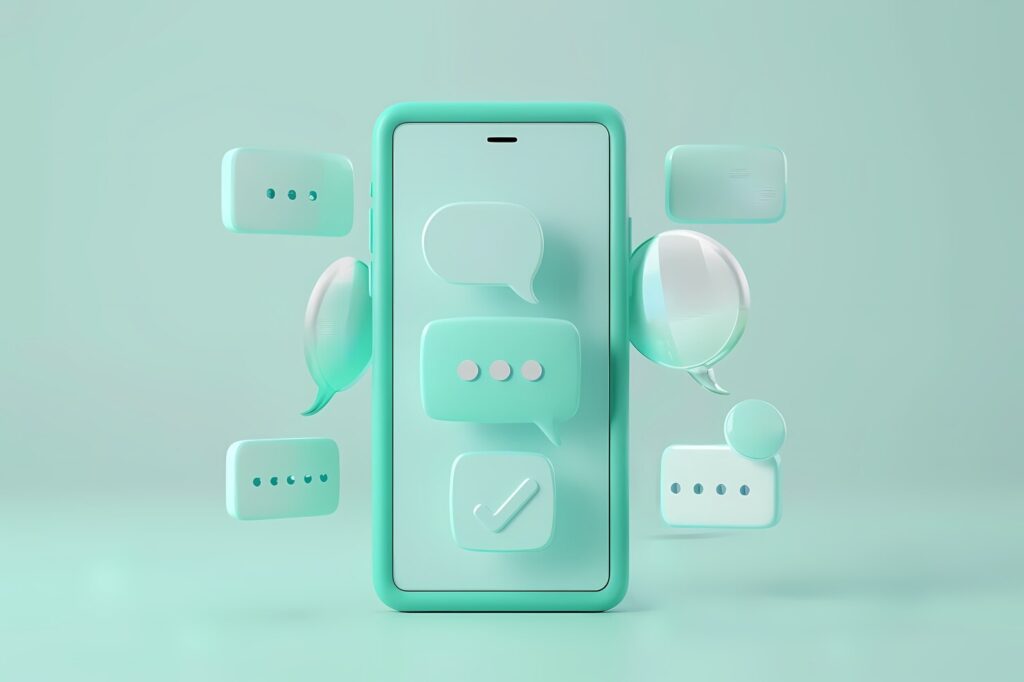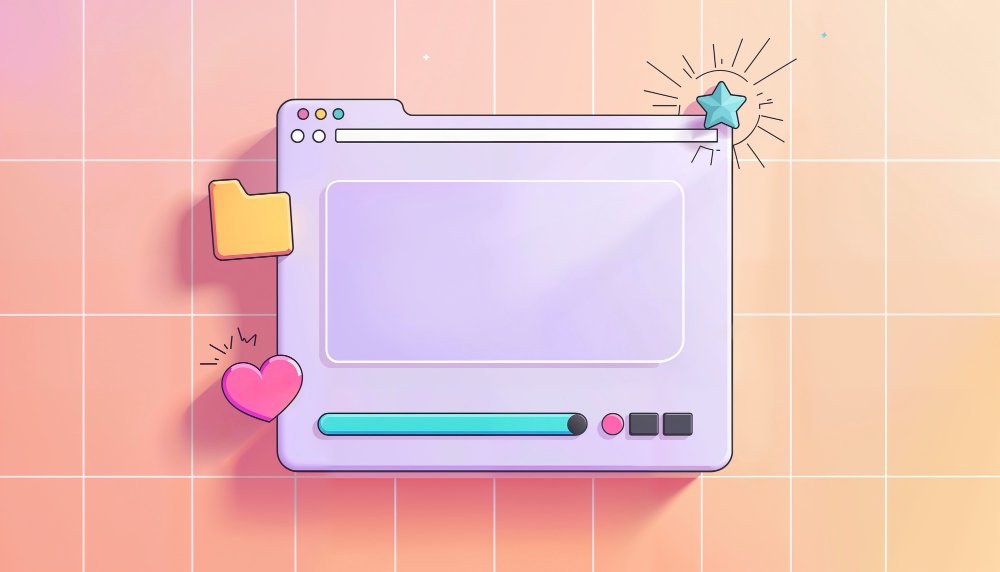Design Systems: Streamlining Your Design Process
In the world of design, consistency is key. A design system provides a comprehensive framework for managing design assets, ensuring that your digital products maintain visual harmony and usability. By implementing a design system, teams can enhance their workflow, foster collaboration, and create a more cohesive user experience across all touchpoints.
What is a Design System?
A design system is a collection of reusable components, guidelines, and assets that streamline the design process. It acts as a single source of truth for designers and developers, promoting consistency and efficiency across projects. Key components of a design system include:
- Style Guide: Defines color palettes, typography, spacing, and other visual elements.
- Component Library: A repository of UI components that can be reused across different projects.
- Design Tokens: Variables that store design decisions, allowing for easy adjustments and consistency across platforms.
- Documentation: Detailed guidelines on how to use components, including design principles and best practices.
Benefits of Implementing a Design System
The advantages of having a design system are numerous:
- Consistency: Ensures that all products have a uniform look and feel, enhancing brand recognition.
- Efficiency: Reduces design and development time by allowing teams to reuse components rather than starting from scratch.
- Collaboration: Facilitates better communication between designers and developers, streamlining the workflow.
- Scalability: Supports the growth of your product by making it easier to maintain and update designs.
How to Create a Design System
Building a design system involves several crucial steps:
- Define Objectives: Determine the goals and objectives of your design system, including the problems it aims to solve.
- Conduct an Audit: Review existing design assets and identify inconsistencies that need to be addressed.
- Create a Style Guide: Develop guidelines for typography, color, spacing, and other design elements.
- Build a Component Library: Assemble a library of reusable components that align with your style guide.
- Document Everything: Ensure that all aspects of your design system are well-documented for easy reference.
Case Study: Successful Implementation of a Design System
A large financial institution faced challenges with inconsistent user experiences across its digital products. By implementing a comprehensive design system, we helped them streamline their design process. As a result, they achieved a 40% reduction in design and development time, significantly improving their time-to-market for new features.
Conclusion
In a fast-paced digital landscape, a design system is essential for maintaining consistency and efficiency. By providing a framework for collaboration, reusability, and scalability, a design system empowers teams to create high-quality user experiences that align with brand values. As a UX designer, incorporating a design system into your workflow can enhance productivity and elevate the quality of your digital products.




